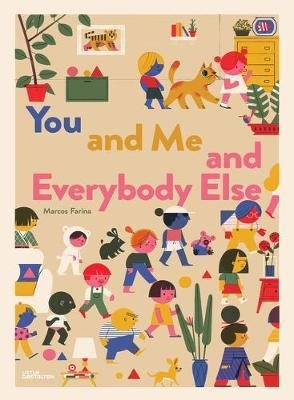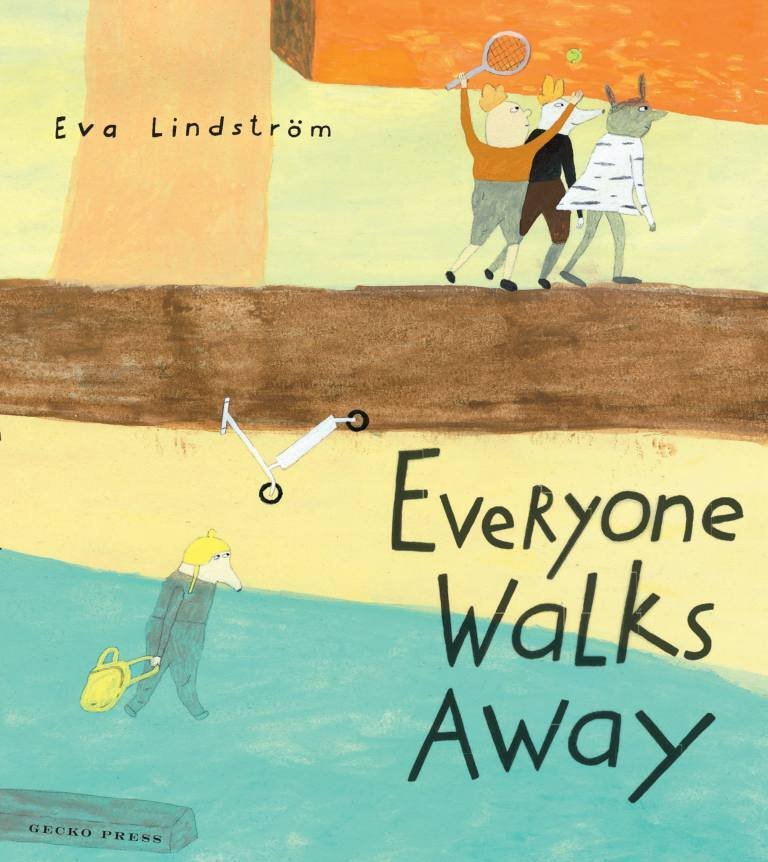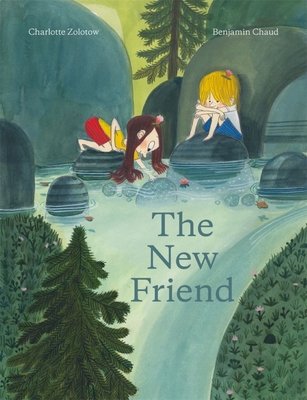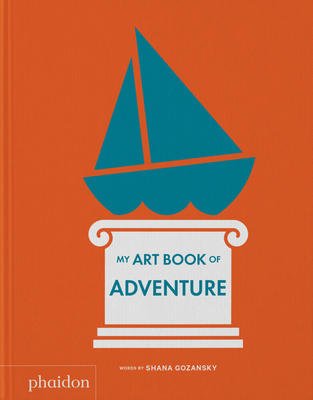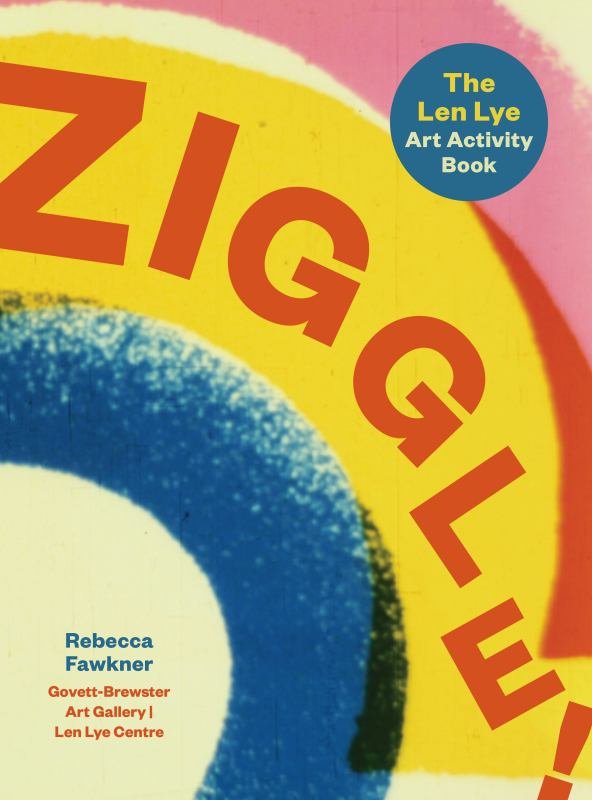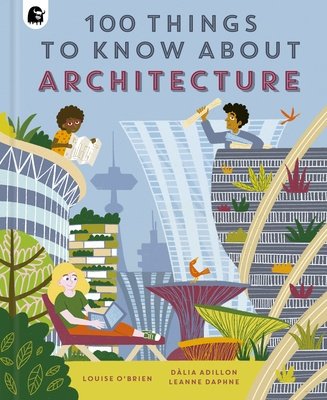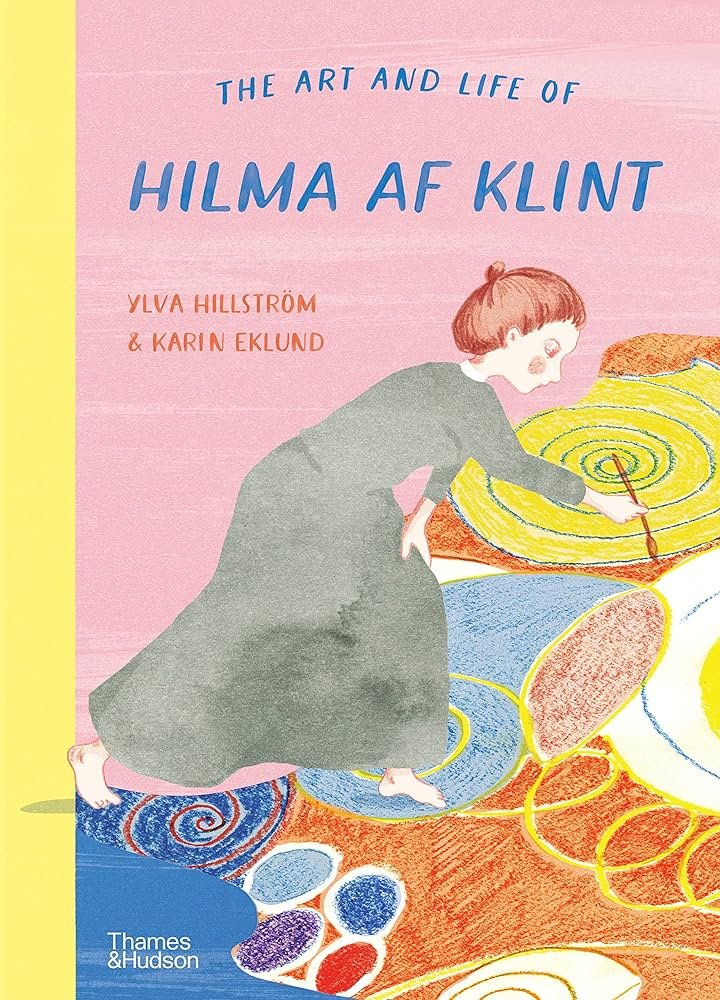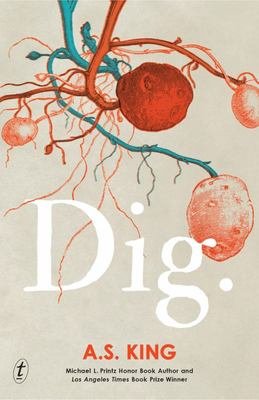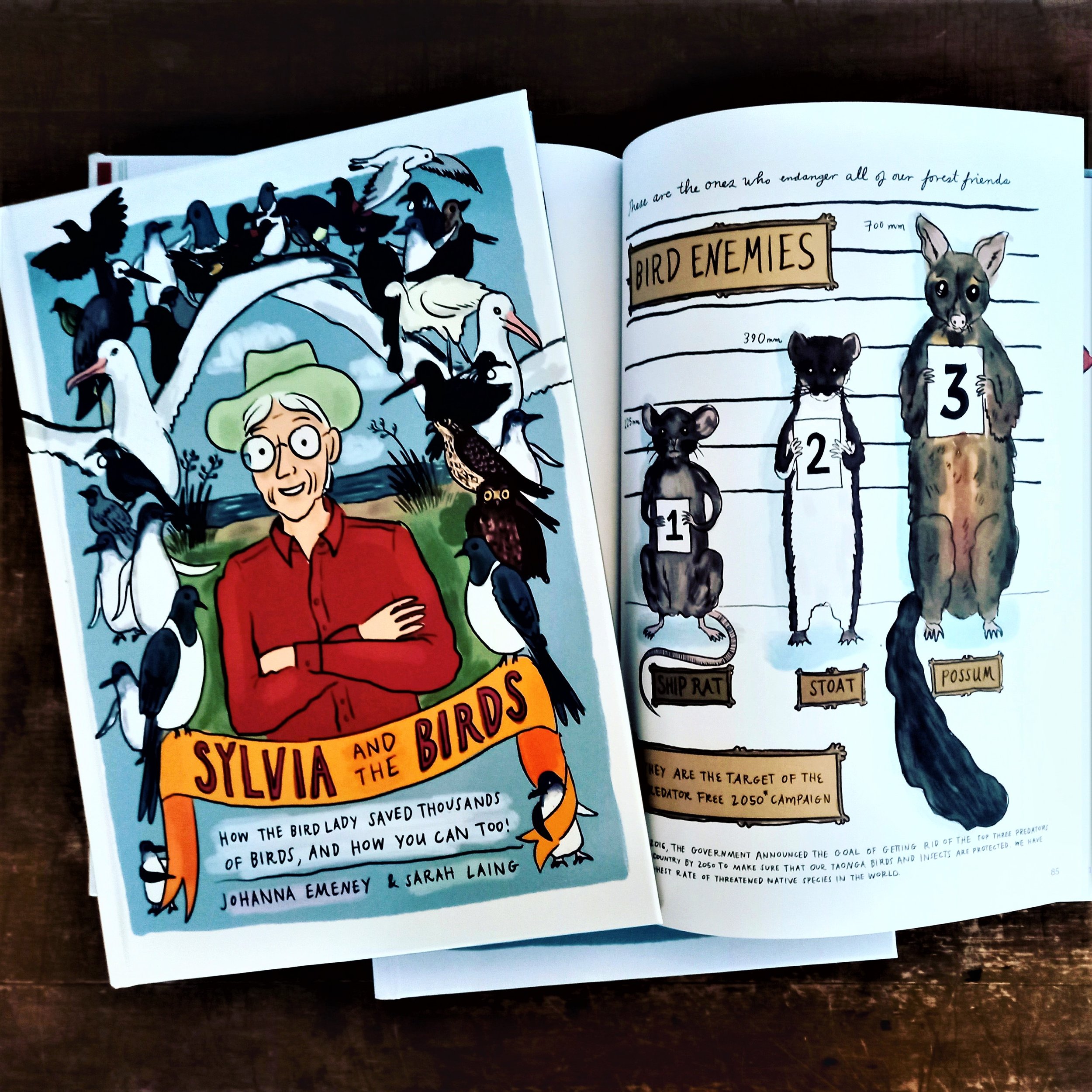For the shy, and the brave and the thoughtful. Let’s start with the shy…
Mole has been invited to Rabbit’s Moon Harvest Party. It’s a dilemma. Mole wants to go, but what if they don’t know anyone apart from Rabbit? Mole knows Rabbit likes cream puffs, but what if no one else does? Mole decides they will go. They make the cream puffs, wrap them up and tie the gift box of goodies with a beautiful yellow bow. Mole starts on the journey underground, not very sure they will get there. Maybe it would be better to just go home and try again another time. Mole makes a deal with themself: if they get past sleeping Snake, they will carry on. Snake sleeps and Mole is both pleased and apprehensive all at once. Maybe I should go home, Mole thinks. I wish I had stayed home exclaims Mole as they continue along the tunnels. In spite of the desire to turn back, and the endless deliberation, Mole finds themself popping up from underground at Rabbit’s place. Apprehensively, with the gift clutched in their paws, they venture above ground. But wait, there's someone else there! Hiding in the bushes. A someone just as shy as Mole. This is the cutest picture book I’ve come across recently. It’s sweet, without being saccharine, and delightfully illustrated. The depictions of the characters’ personalities are spot on; from the wonderfully shy Mole, to timid Skunk, clever Rabbit, and the more adventurous animal friends. There’s a charming picture of the walk to Rabbit’s house. Here is Raccoon pushing a cake on a cart, followed by Chipmunk playing a tune, Bear clutching some tasty drink, Fox with a fresh baguette, and rounding off the line, Hedgehog with a bunch of balloons. Below them, you can’t see Mole, but there’s some distinctly Mole-ish mumblings popping up in speech bubbles. And if you look carefully, you might spy Skunk. Maya Tatsukawa’s illustrations are joyful, brimming with humour and delightful detail. Check the books in Mole’s home — Moomins by the bed, the History of Burrows and Tunnels 101 on the reference shelf, to mention just a few. Mole is Not Alone is a lovely story about being unsure, of trying new things, and most of all, about being comfortable with who you are. The illustrations and the text fit together well and work seamlessly to give depth of understanding with subtlety and quiet humour.
And now a complete contrast. Things in the Basement is the latest graphic novel for kids from Ben Hatke. Milo has twin siblings, the household is busy, and the babies are crying. One of them is missing a pink sock and Milo has been sent to the laundry to find it. The laundry is in the basement. The pink sock is there somewhere, along with something else. Or many something elses! In Milo’s search for the pink sock, he will find stairs that keep going down, much further down than in any ordinary house, secret doors, trapdoors, strange cracks in the walls, rooms that open on to other rooms, and a world that is both fascinating and strange, and a little bit terrifying. Milo’s determined to get the sock back, so in spite of his fear he ventures forth. Not all things in the Basement World are foe, there are friends to help as well. Hatke’s murky colour palette adds to the feeling of imminent danger and contrasts nicely with the shining torches, glimpses of pink wool and humorous moments. The curious, if nervous, Milo is our guide through this underworld and don’t worry he’ll get you back to the world above with a pink sock, of sorts. This is aimed at 7 years up, but not for the faint-hearted. It’s wonderfully imaginative and magical, and an excellent graphic novel for those that like their stories with a spooky edge.
And as thinking is a wonderful pastime, here is the latest from the excellent pen of Shinsuke Yoshitake. Here, our protagonist, Akira, wonders about growing up — “When I’m big..,” ; is frustrated by having to rely on others — parents; and imagines themselves being super competent! Well, doesn’t everyone? In I Can Open It For You, we have screwed up faces, too tight jars, packages that won’t release their yummy food contents, tantrums and just plain old frustration. When you’re too little to manage, you have to ask for help. But when you grow up, you’ll be running about in demand: open this, that and everything else. Akira imagines all the things he will be able to open — jars, packets, houses, the earth, purses, suitcases, bottles and animal cages — when he’s bigger. Luckily, while he’s small, there’s always someone to help and show Akira all the wonderful ways to open boxes, packets, windows to views and a box with a new pet. A book about growing up, being open to new experiences and finding out together. Funny, thoughtful and enjoyable for small children who will instantly relate to Akira’s dilemma, and enjoy the experience of opening a book together.







